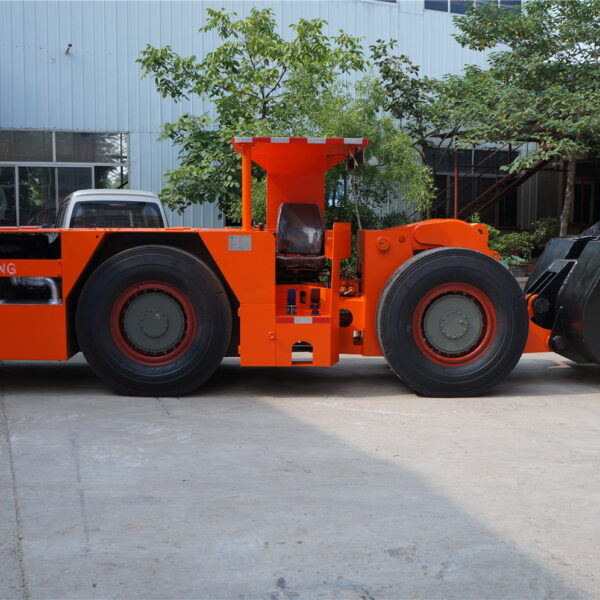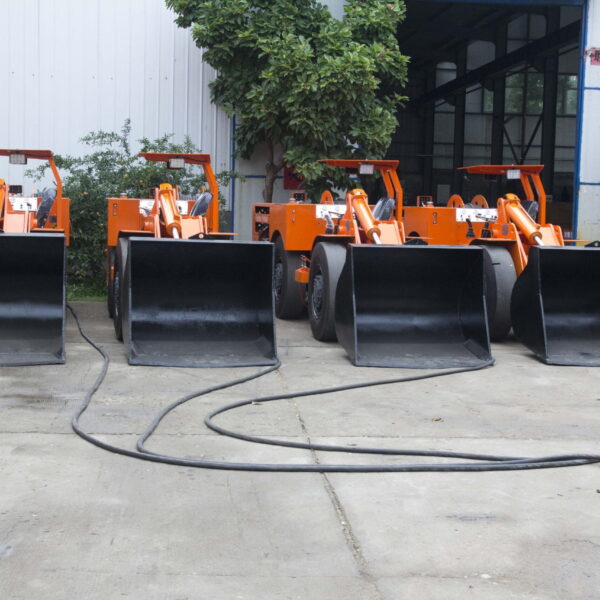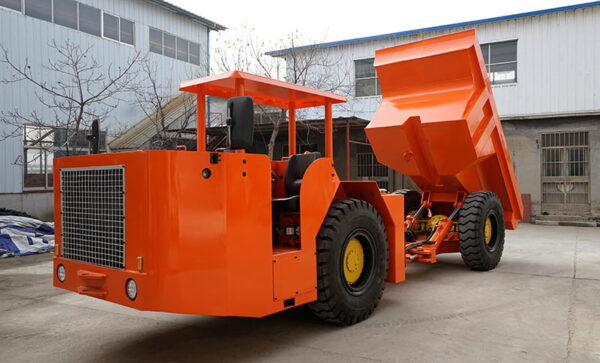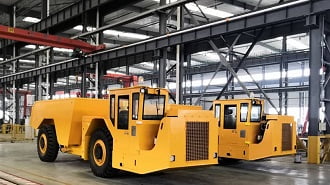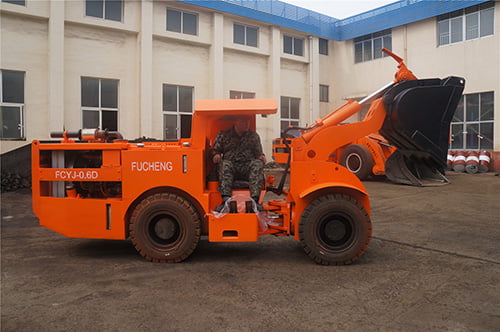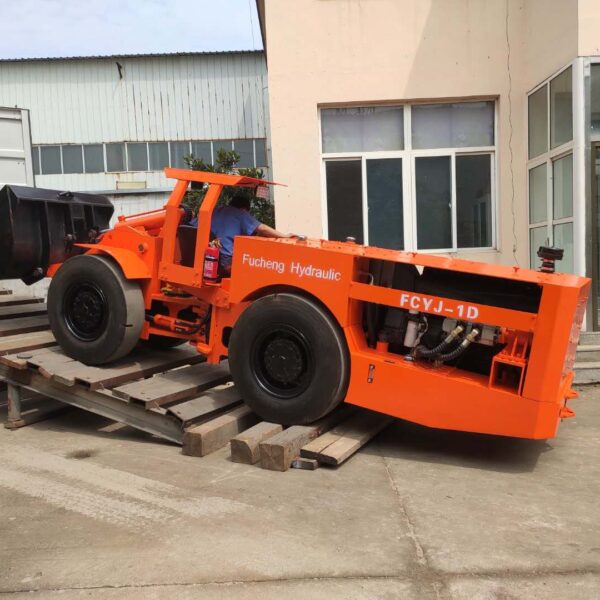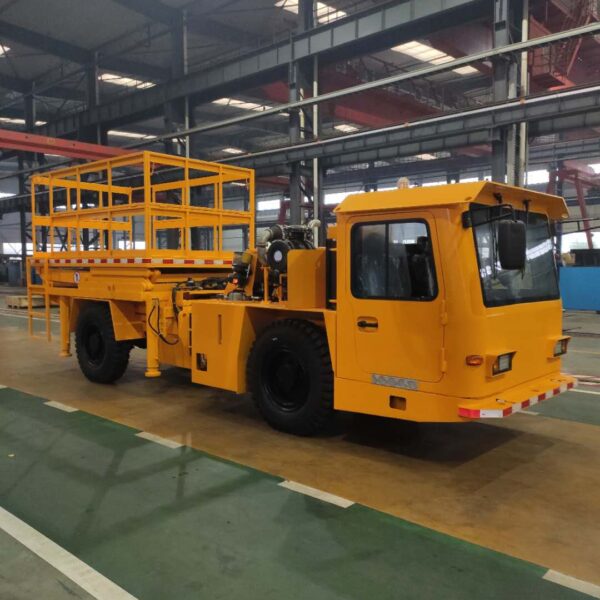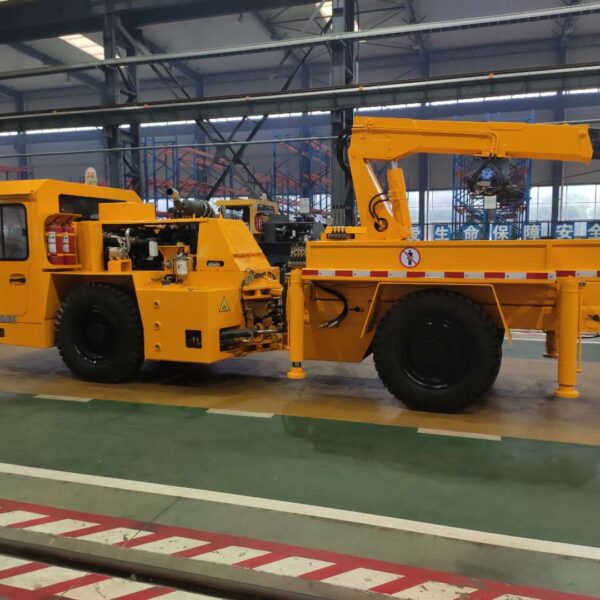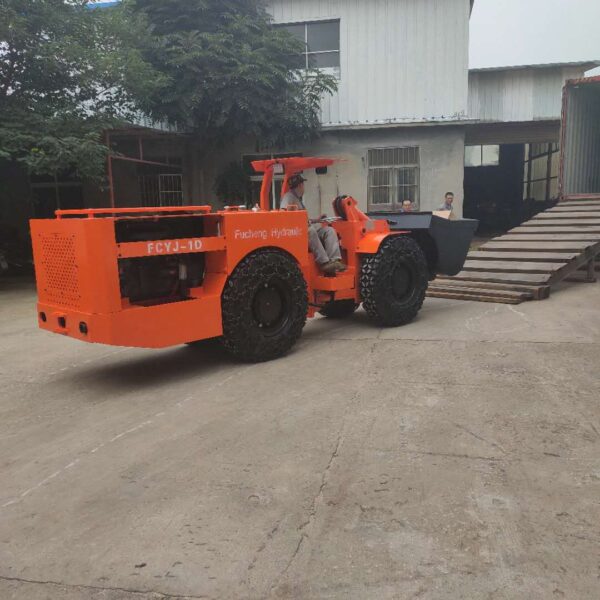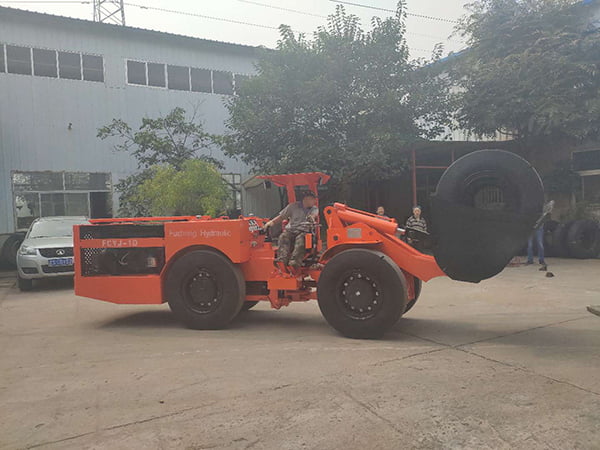Los sistemas hidráulicos forman parte integrante de muchos tipos de maquinaria. Permiten que las máquinas funcionen con eficacia. Este sistema consta de muchos componentes, entre ellos válvulas que funcionan conjuntamente. Las válvulas hidráulicas son de suma importancia. En el mercado existen diferentes tipos de válvulas hidráulicas.
Cada tipo tiene sus propiedades y funciones. Los fabricantes utilizan estas válvulas en función de sus necesidades y requisitos. Estos tipos de válvulas varían entre sí en cuanto a su funcionalidad. Si no conoce las válvulas hidráulicas y sus tipos, no se preocupe.
No es usted el único. Muchos compañeros lo toman como una ciencia. Pero no lo es. Hay unos cuantos tipos, y sus diferencias son fáciles de entender. Pero la gente se agobia al ver demasiados tipos y términos complejos. No se preocupe. Esta guía le proporcionará todos los detalles sobre las válvulas hidráulicas y sus tipos. Así que, ¡manos a la obra!
Resumen de válvulas hidráulicas
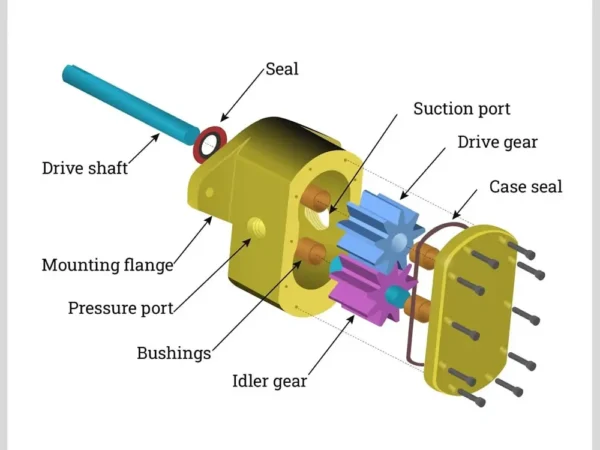
Las válvulas hidráulicas son pequeños dispositivos o componentes que controlan el fluido. Pueden controlar el caudal, la presión, la dirección y muchos otros parámetros. Las válvulas hidráulicas son componentes vitales del sistema hidráulico. Garantizan que llegue suficiente fluido a la pieza que lo necesita, asegurando el funcionamiento del sistema.
Antes de hablar de los tipos de válvulas, conozcamos el sistema hidráulico con más detalle. Como usted sabe, los sistemas hidráulicos se utilizan desde hace muchas décadas. Son un método convencional y menos costoso de proporcionar potencia. Sin embargo, constan de válvulas hidráulicas, que proporcionan el camino para que fluya el fluido hidráulico.
No sólo permiten que fluya, sino que también lo controlan de muchas maneras. Por ejemplo, las válvulas determinan la dirección, la presión y la velocidad del flujo. Estas características hacen de las válvulas hidráulicas una parte esencial del sistema. Si estas válvulas no suministran fluido, todo el sistema no funcionará. Quizá se pregunte qué tipo de máquina utiliza estas válvulas.
No se trata de las máquinas. Se trata de válvulas hidráulicas son parte integrante del sistema hidráulico. Así que todas las máquinas que utilizan sistemas hidráulicos utilizan válvulas. Le pondré un ejemplo. Muchos coches tienen frenos hidráulicos. La paleta de frenado de este coche está unida a las válvulas.
Al pulsar la palanca, la válvula se abre y el líquido pasa del cilindro maestro al sistema de frenado de cada rueda. Al levantar el pie de la palanca, la válvula se cierra y el líquido deja de fluir. Por lo tanto, si la válvula no funciona como se espera, los frenos del coche fallarán.
Diferentes tipos de válvulas hidráulicas
Como he dicho antes, hay distintos tipos de válvulas hidráulicas. Cada una tiene su propia función, y es esencial comprenderlas. Hablemos de esos tipos en detalle.
1- Válvulas reguladoras de caudal
El caudal de fluido hidráulico es de suma importancia en el sistema hidráulico. Controla la velocidad de los motores y cilindros para que su funcionamiento sea fluido. Cuando se necesita más fluido, esta válvula de control de caudal se abre. La velocidad del motor aumenta y, por tanto, la eficacia.
Por el contrario, cuando se requiere la velocidad lenta del motor, la válvula reduce el caudal. De este modo, entrará menos fluido en el sistema hidráulico. Por lo tanto, se reducirá la velocidad del motor. Tenga en cuenta que esta válvula de control de caudal no aumenta ni disminuye el fluido. Sólo permite que el fluido fluya y se detenga. Tiene dos tipos principales, que son los siguientes:
- Válvulas de mariposa: La válvula de mariposa es un tipo primario cuya función es sencilla. Permite o detiene el flujo de fluido dentro del sistema. Así, al aumentar o disminuir el caudal, controla indirectamente la velocidad de los actuadores.
- Divisores de caudal: Como su nombre indica, los divisores de caudal producen diferentes corrientes de fluido. Toma un caudal o corriente como entrada pero da dos o más corrientes de caudal con igual fluido. Estas corrientes, que tienen la misma cantidad de fluido, se utilizan para diferentes actuadores. De esta forma se asegura un caudal igual para cada actuador.
2- Válvulas de control direccional
Estas válvulas de control se encargan de dar al fluido un recorrido específico. Dictan cómo irá el fluido y llegará al sistema hidráulico. En palabras simples, estas válvulas equilibran el flujo hacia el motor y los cilindros. Es vital recordar que el sistema hidráulico consta de muchas partes.
Por lo tanto, al utilizar una válvula de control direccional, resulta más fácil determinar qué parte recibirá el fluido. Sin esta válvula, será un lío y el sistema no funcionará. Existen diferentes tipos de válvulas de control direccional. He aquí su lista:
- Válvulas de retención: Esta válvula direccional permite que el fluido circule en un sentido, pero no permite que el fluido hidráulico retroceda. En otras palabras, impide que el fluido retorne en la dirección opuesta.
- Válvulas de asiento: Esta válvula consta de un obturador o pequeño tapón. Se abre o se cierra gracias a este obturador. El movimiento de este obturador o pomo asegura el paso de los fluidos. Si está hacia arriba, el fluido pasará; si está hacia abajo, no pasará.
- Válvulas de carrete: Un carrete es una varilla o estructura cilíndrica en el manguito o cuerpo de la válvula. El actuador lo mueve y los fluidos circulan por su recorrido. Su funcionamiento es diferente al de otras válvulas. En el mercado existen distintos tipos de distribuidores.
Lo más destacado: La válvula antirretorno también se conoce como válvula NRV. Son las siglas de "válvula antirretorno". Este nombre se da a la válvula porque no permite que el fluido retorne o fluya. Además, la válvula de retención se utiliza cuando la presión no es extrema.
3- Válvulas de control de presión
El sistema hidráulico funciona mejor bajo una presión específica. Si la presión es demasiado alta, el motor no funcionará. Bajo una presión extrema, los componentes del sistema hidráulico también pueden dañarse. Aquí es donde resulta útil el control de la presión.
Regulan la presión y mantienen el caudal de los fluidos. Mucha gente parece confundir las válvulas reguladoras de presión y de caudal, que son diferentes entre sí. Las válvulas reguladoras de caudal controlan la velocidad del fluido, mientras que la válvula reguladora de presión tiene más que ver con su volumen.
- Válvulas de alivio: La válvula limitadora de presión se considera una herramienta de seguridad. Evita los problemas de sobrepresión. Puede consistir en un sensor o un muelle que mantiene la válvula cerrada. Cuando la presión es demasiado alta, el muelle se comprime. Como resultado, las válvulas se abren y liberan la presión.
- Válvulas de secuencia: Como su nombre indica, la válvula de secuencia es responsable de la secuencia de funciones. Generalmente, la válvula permanece cerrada. Esta válvula se abre cuando la presión del sistema aumenta hasta un límite predefinido, permitiendo el paso del fluido. Esto seguirá ocurriendo según las secuencias. Esta válvula de presión es útil cuando se necesita un orden específico de operaciones.
- Válvula reductora de presión: Esta válvula es muy utilizada. Reduce la presión más alta de la entrada a una presión estable. Con esta presión controlada, la maquinaria y sus componentes funcionan mejor. La válvula también se encarga de mantener esta presión a un nivel decente.
4- Válvulas proporcionales
Las válvulas proporcionales funcionan en función de la señal de entrada. Controla tanto el caudal de fluido como su presión. Esta válvula es como un grifo o una canilla. Giras el mando y el agua fluye. La velocidad del agua y su presión dependen de cuánto gire el mando. Esto es sólo un ejemplo para facilitar la comprensión.
Así de sencillas, las válvulas proporcionales controlan el caudal y la presión de los fluidos. No será erróneo decir que estas válvulas ofrecen un control preciso. La señal de entrada puede ser diferente, digital o analógica. Sin embargo, su funcionamiento es suave y produce los resultados deseados.
5- Electroválvulas
Esta válvula proporciona un control automatizado del caudal. Consta de tres partes principales: el solenoide, el cuerpo de la válvula y el émbolo. Esta válvula sólo funciona cuando se dispone de corriente eléctrica. En primer lugar, la corriente pasa por el solenoide.
Como resultado, la bobina del solenoide produce un fuerte campo magnético. Este campo atrae al émbolo y lo desplaza de su sitio. El émbolo está unido a unas válvulas que bloquean el flujo. Como resultado del movimiento del émbolo, las válvulas se abren y los fluidos fluyen.
Cuando necesite detener el flujo de fluido, apague el botón. La corriente eléctrica dejará de pasar por el solenoide y el campo magnético desaparecerá. La Kluger permanecerá inmóvil y cerrará la válvula. Debido a sus características automatizadas, el uso de estas válvulas es cada vez mayor.
6- Válvula de cartucho
Las válvulas de cartucho o miniválvulas son muy compactas y fáciles de usar. Utilizan un cartucho para ayudar a controlar el flujo de fluido. Aunque son válvulas diminutas, no las subestime por su tamaño. Es posible que no sepa cómo funcionan. Se insertan o colocan dentro de colectores.
Imagine el colector como un panel de control. Las distintas válvulas de cartucho necesitan distintos tipos de colectores para funcionar sin problemas. La función principal de esta válvula es controlar la presión. Además, también restringe el caudal cuando es necesario. Recuerde que sustituir estas válvulas también es muy sencillo.
7- Válvulas de bola
Estas válvulas constan de una bola, que es el componente principal. Esta bola tiene un orificio o puerto en el centro. El fluido fluye a través de este puerto u orificio. La válvula tiene un actuador o maneta para su funcionamiento. Estas válvulas también constan de vástagos. El vástago conecta la bola a la maneta, que controla la válvula.
Durante el funcionamiento, el orificio de la bola se alinea con la tubería. Como resultado, el fluido empieza a fluir a través de este orificio o puerto. Cuando es necesario detener el fluido, el operario gira la manivela. El orificio alineado con la tubería desaparece y la bola cierra el paso, deteniendo el flujo de fluido.
A mucha gente no le gusta esta válvula debido a su voluminosidad. La bola presente en la válvula aumenta su peso. Debido a su gran peso, su durabilidad es susceptible. Hay muchas posibilidades de que se desgasten las juntas. Sin embargo, esta válvula puede soportar presiones muy altas, una ventaja significativa. Se utiliza cuando las tuberías transportan líquidos a alta presión.
8- Servoválvulas
Estas válvulas son conocidas por su precisión a la hora de trabajar y su funcionalidad. Su función principal es la misma: controlar el caudal y la dirección del fluido. Sin embargo, utilizan el sistema de bucle de realimentación. El servomotor responde a la respuesta de entrada, creando un complejo sistema de retroalimentación.
El sistema de realimentación supervisa el funcionamiento de estas válvulas. Si se produce alguna desviación con respecto a la entrada, ésta se corrige. Como resultado, se obtiene un rendimiento 100% preciso. No todo en estas servoválvulas es bueno. Son costosas, lo que supone un gran inconveniente.
¿Se utilizan todas las válvulas hidráulicas al mismo tiempo?
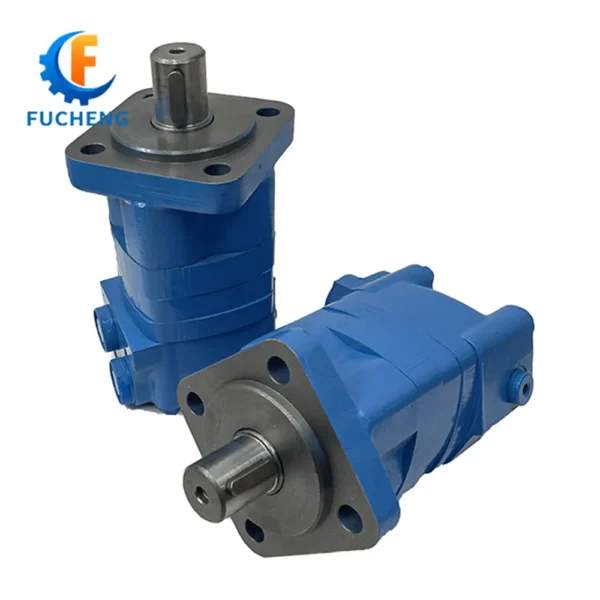
No, las válvulas hidráulicas mencionadas tienen funciones únicas. Por lo tanto, no se utilizan al mismo tiempo. Su utilización depende de las necesidades y preferencias de los usuarios. Por lo general, se utiliza una válvula cada vez.
Como ya he dicho, cada tipo de válvula hidráulica es muy específico. Por ejemplo, la válvula de control de caudal sólo se centra en el flujo de fluido y su velocidad. No tiene nada que ver con la dirección o la presión del flujo. Del mismo modo, la válvula de control direccional se centrará en la dirección del flujo. Estas válvulas son particulares en su trabajo.
Así, cuando un usuario necesite controlar la dirección, utilizará una válvula de control de dirección. Utilizarlas todas en el mismo punto de las tuberías es inútil. En un momento dado, se necesita una sola función. Hay muchos tipos de estas válvulas. Por lo tanto, debe elegir en función de sus necesidades.
Preguntas frecuentes
¿Qué son las válvulas hidráulicas?
Las válvulas hidráulicas son herramientas o pequeños dispositivos que regulan el flujo de fluidos y gases. Controlan el caudal, la presión y la dirección. Hay distintos tipos de válvulas hidráulicas, cada uno muy específico.
¿Cuáles son los principales tipos de válvulas hidráulicas?
Hay muchos tipos de estas válvulas, pero los principales son las de control de caudal, control de dirección y control de presión. Estos tipos varían en funcionalidad.
¿Cómo funciona una válvula antirretorno?
Esta válvula es un subtipo de válvula reguladora de caudal direccional. Permite que el fluido fluya o se mueva en una dirección y lo detiene si empieza a retroceder. Por eso también se conoce como válvula antirretorno.
¿Cómo contribuyen las válvulas hidráulicas a la seguridad del sistema?
Las válvulas hidráulicas son esenciales para garantizar la seguridad de un sistema. Mantienen la presión a un nivel óptimo. Si no se controla, puede dañar la maquinaria. Cada tipo de válvula contribuye de forma diferente a la seguridad del sistema.
¿Se pueden ajustar las válvulas hidráulicas?
Sí, muchas válvulas hidráulicas son ajustables. Puede ajustar fácilmente las válvulas de control de presión a niveles de presión específicos. Del mismo modo, la válvula de control de caudal puede ajustarse para alcanzar cualquier caudal deseado. Por tanto, todos los tipos son muy ajustables.
Conclusión
No cabe duda de que las válvulas hidráulicas son muy eficaces. Hacen que las tuberías y el flujo de fluidos sean muy suaves y controlados. Sin embargo, existen distintos tipos de estas válvulas, cada uno diferente en cuanto a funcionamiento y funcionalidad.
Comprender estos tipos es muy importante. Sin los conocimientos básicos, elegirá la válvula equivocada, lo que afectará al rendimiento de su sistema hidráulico. En este artículo, he explicado todos los tipos de válvulas hidráulicas.


